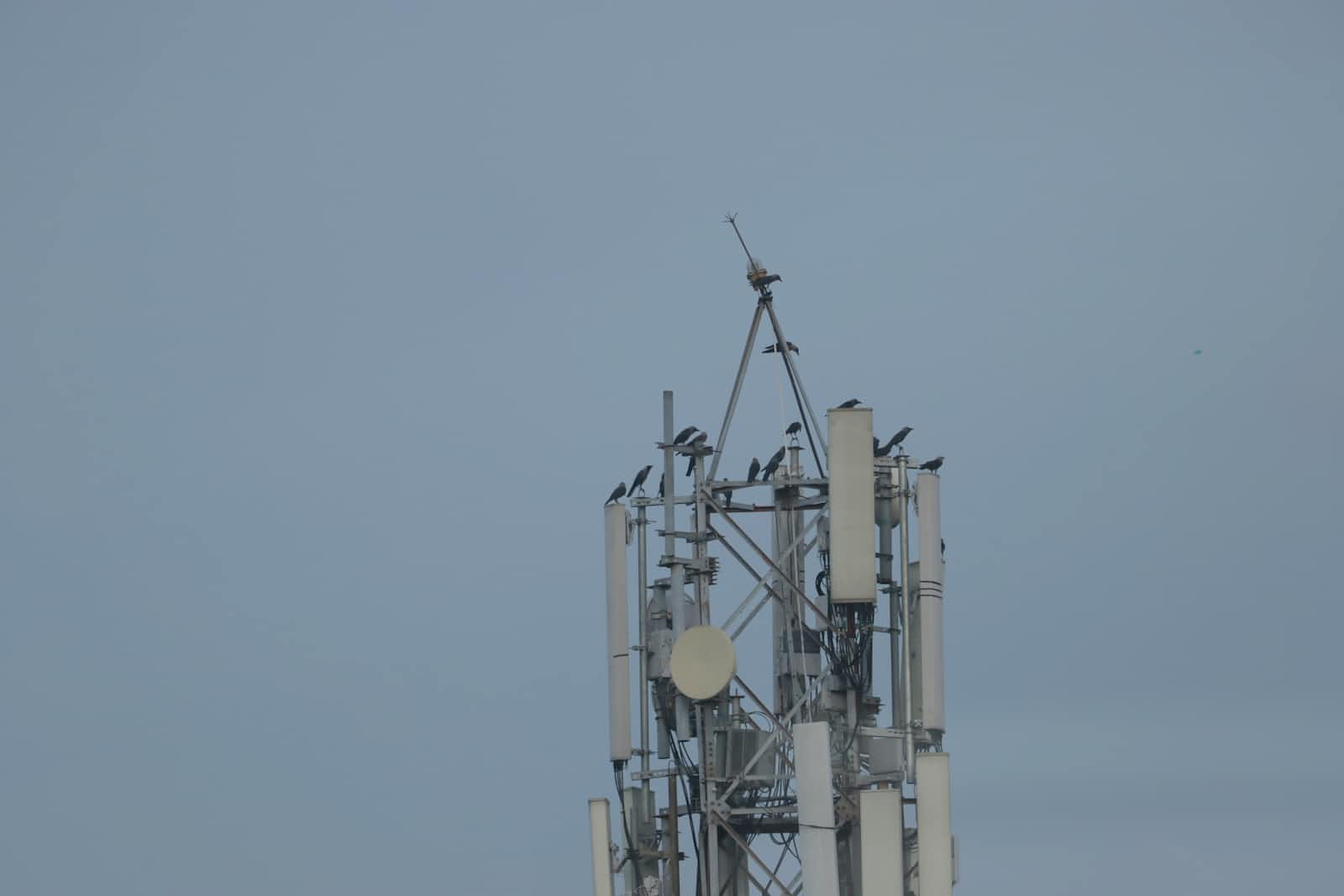5G Will Soon Be Here
 InclusiveDocs
InclusiveDocs
5G networks are the proposed next-generation telecommunication standard for mobile internet connectivity, promising faster speeds and more reliable connections for smartphones and other mobile devices.
Similar to 4G and 3G before it, 5G is a wireless connection built specifically to keep up with the proliferation of devices that need a mobile internet connection. The “G” in 5G stands for “generation.” Wireless phone technology started with 1G in the early 1990s and expanded to 2G when companies started enabling users to send text messages between two cellular devices.
3G gave people the ability to make phone calls, send text messages, and browse the internet. Then 4G enhanced many of the capabilities that were made possible by the third generation of wireless. Users could browse the web, send text messages, make phone calls, and even download content quickly and easily.
Combining cutting-edge network technology and the very latest research, 5G will offer connections that are multitudes faster than current connections, with average download speeds of 1GBps expected to soon be the norm. 5G networks should launch worldwide by 2020, working alongside existing 3G and 4G technology.
These faster networks will help power a huge rise in Internet of Things technology, providing the infrastructure needed to carry huge amounts of data. When 4G was introduced in 2010, it brought about video streaming, app stores, and the beginnings of the world of augmented reality. The potential of 5G is vast.
5G’s introduction has the potential to change digital advertising and publishing forever. For digital publishers, the fastest possible internet is essential. 5G will make it easier for users to download and upload Ultra HD and 3D video too, as well as allowing publishers to make use of high-resolution ads. The downside to all of this is that publishers with poorly performing pages will be exposed as not up to par by 5G.
Properties lacking the capability to deliver instant personalized content, those relying on JavaScript, responsive web design alone, or containing too many 3rd party features could also be compromised due to the slowdown in page loading times.
The U.S. market is already ramping up for the delivery of 5G, as consumer demand grows for 4K video, instantaneous experiences, and limitless connection. Although 5G will certainly be popular amongst the majority of consumers and will become the standard before long, those using older hardware must not be left behind. It would be unwise for publishers and advertisers to forget about this consumer segment until everyone makes the switch.
Subscribe to my newsletter
Read articles from InclusiveDocs directly inside your inbox. Subscribe to the newsletter, and don't miss out.
Written by
